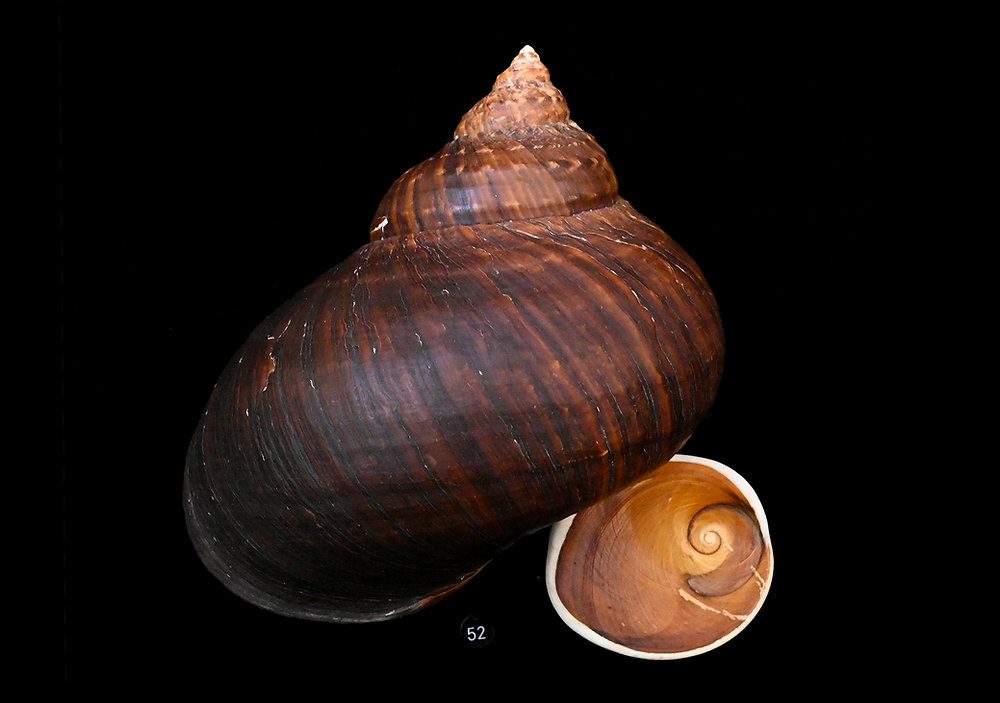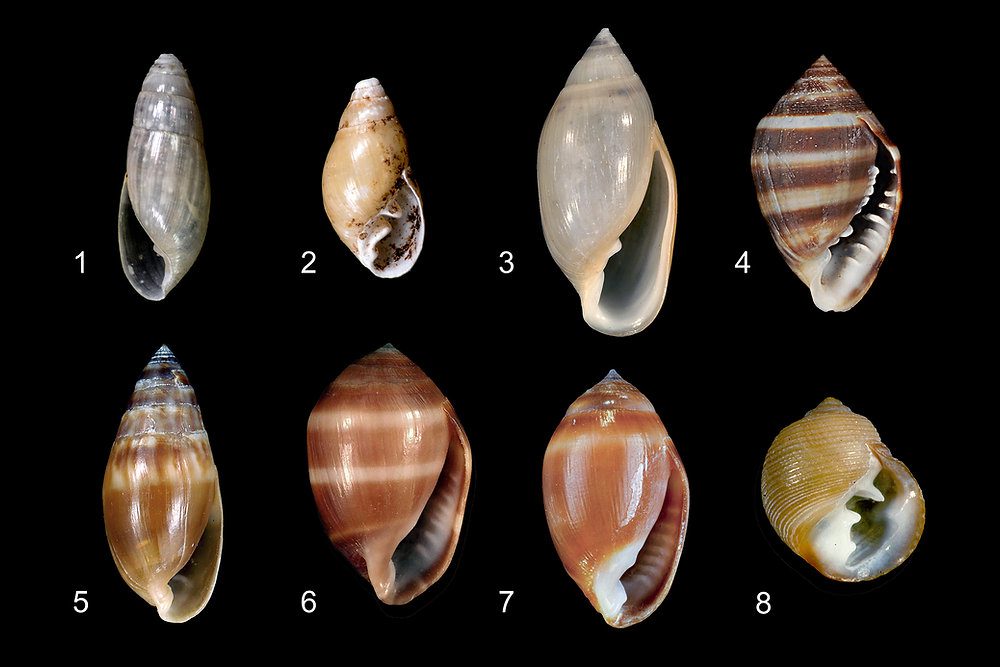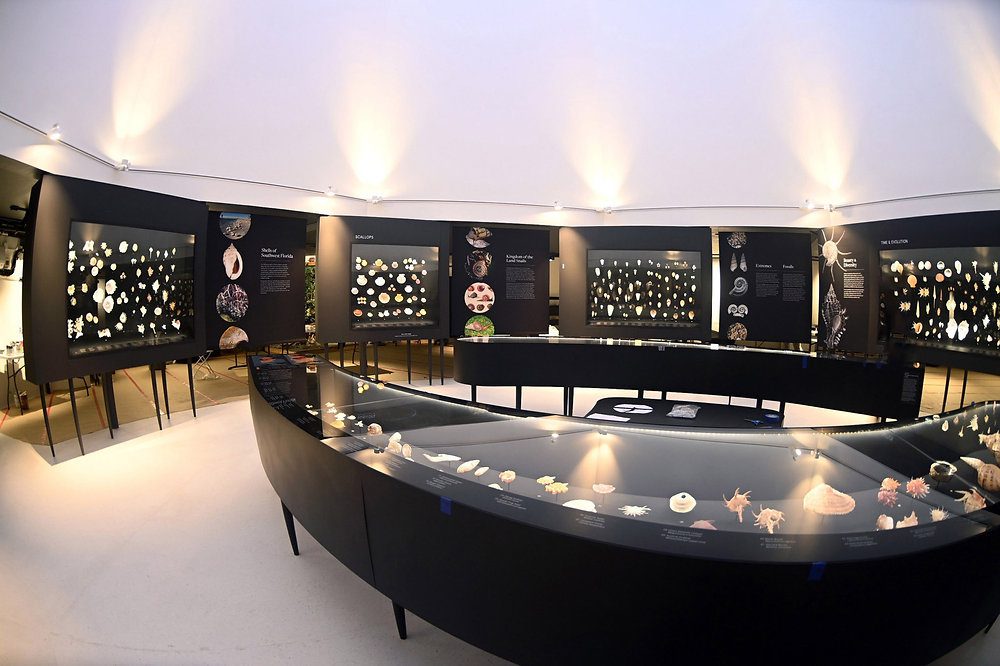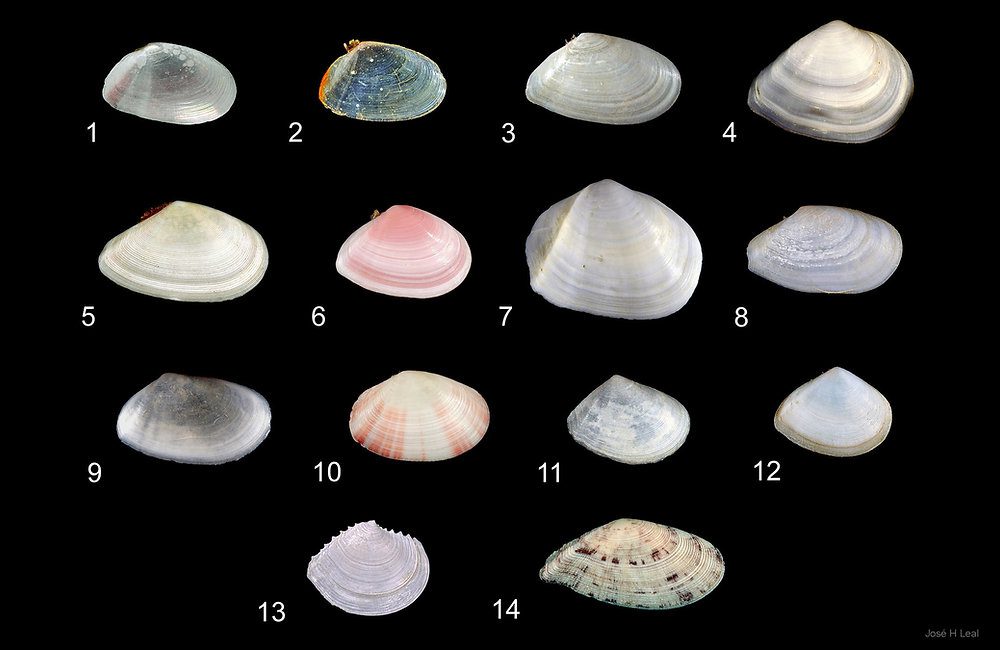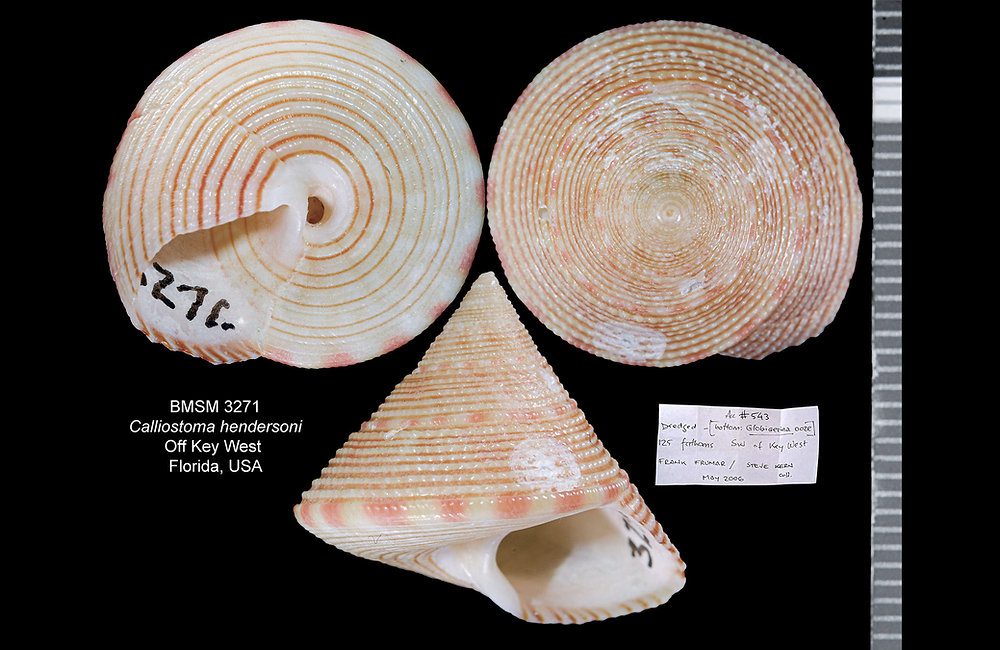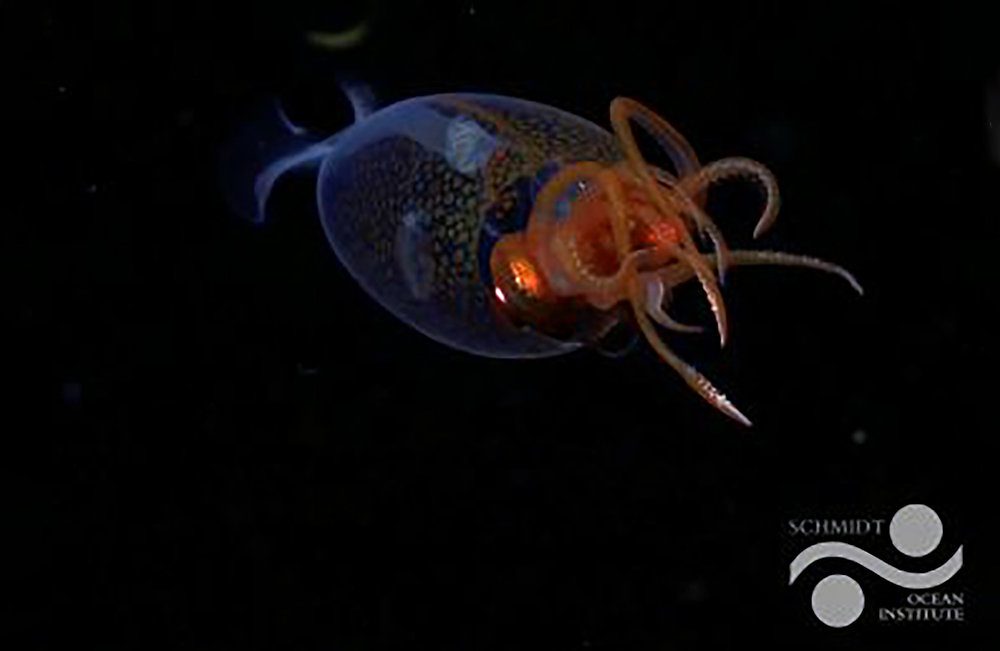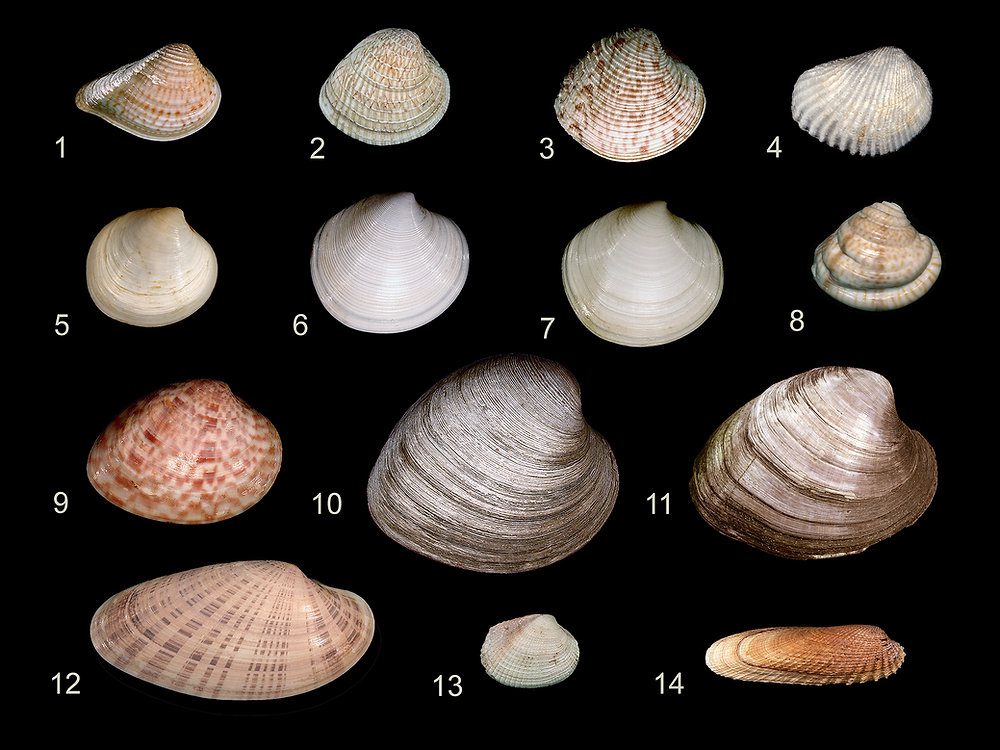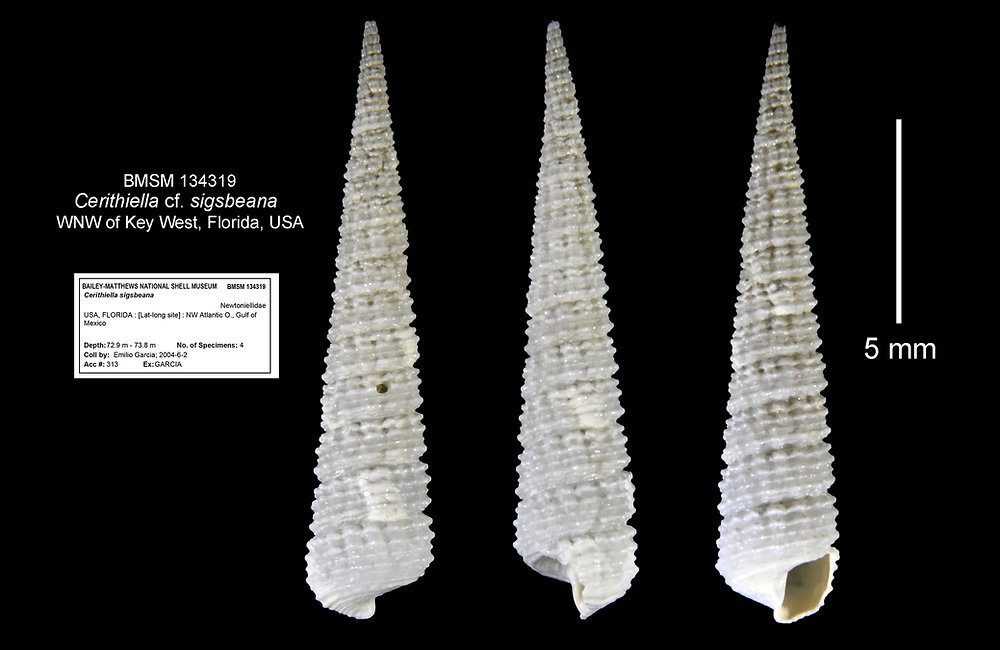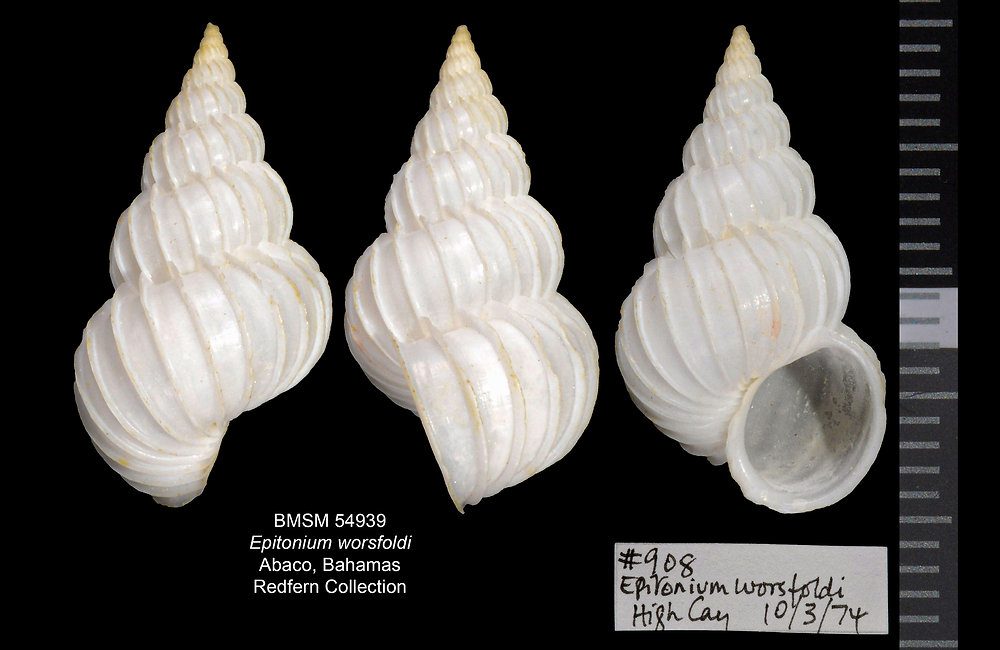
Shell of the Week: The African Fan Scallop
Aequipecten flabellum is an attractive scallop species (family Pectinidae), celebrated for the eye-catching colors of its shells, which include brilliant variations of red and orange with inclusions of white, gray, or black. African Fan Scallops may reach ...
